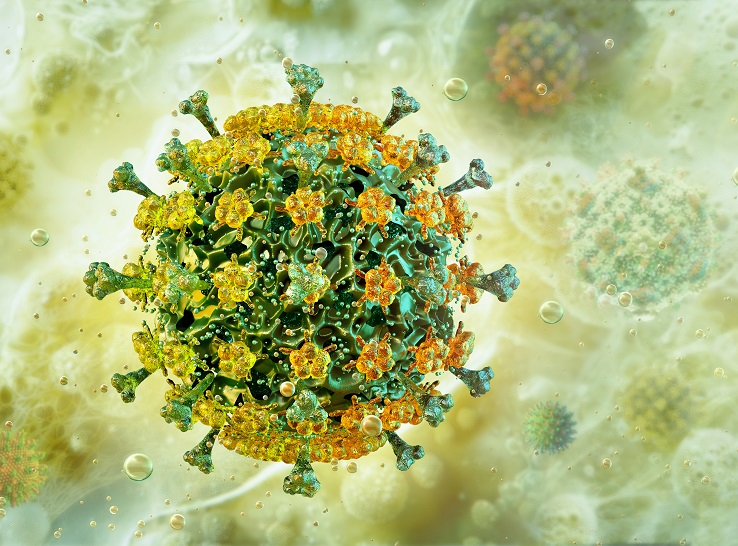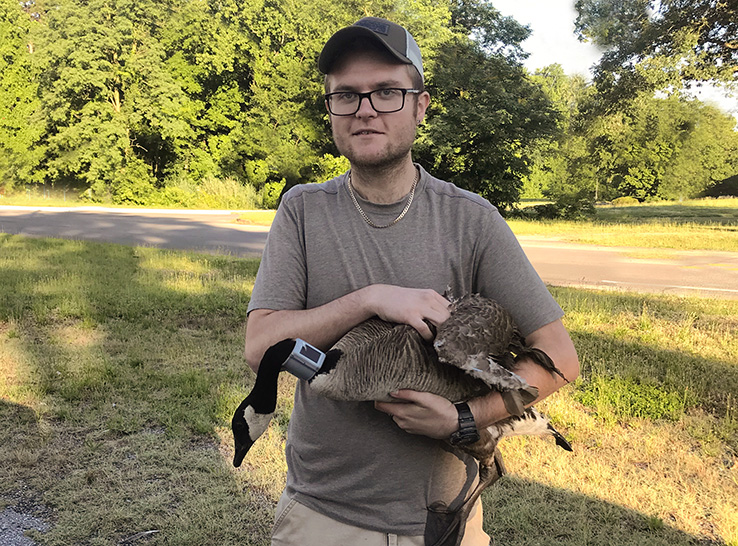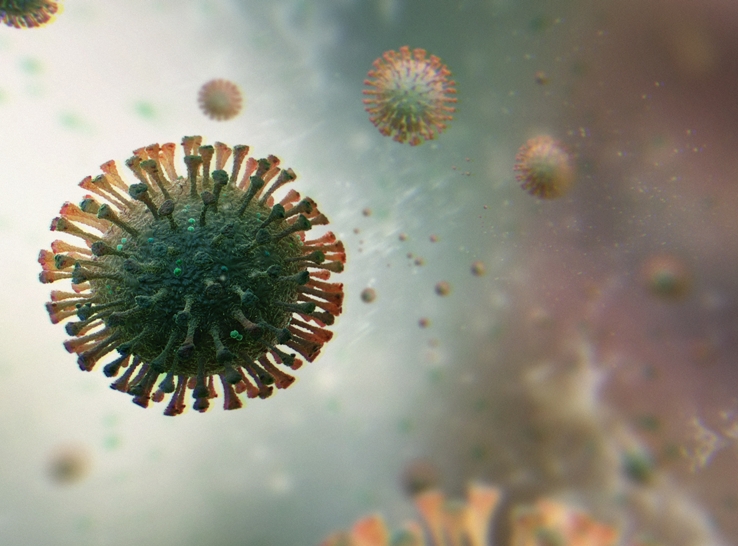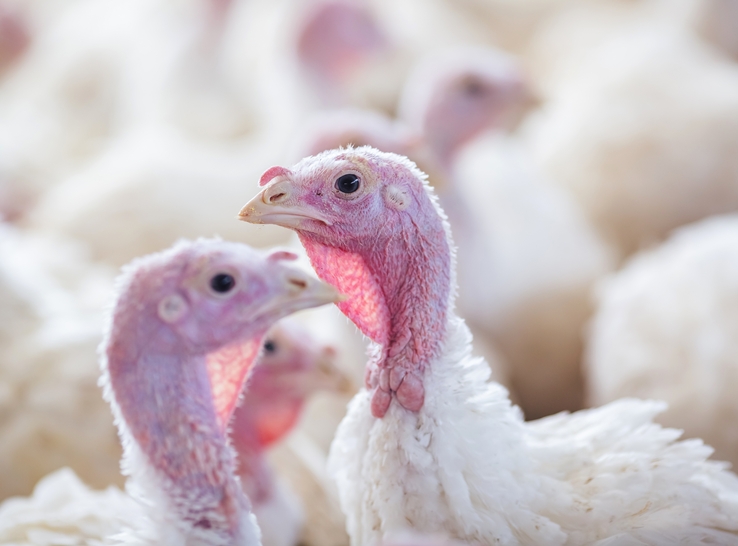To combat the spread of highly pathogenic avian influenza (HPAI), the Animal and Plant Health Inspection Service (APHIS) is updating its policy for pre-slaughter surveillance to enhance testing of turkey flocks in affected states.
In late December 2024, APHIS became aware of a genetic link between turkeys potentially infected with HPAI H5N1, virus detected in raw pet food and an infected household cat.
To exercise abundant caution, remove a potential avenue for ongoing disease spread and bolster consumer and trading partner confidence, APHIS collaborated with state animal-health officials and the poultry industry to update its guidance for existing pre-slaughter surveillance steps.
This collaboration helped further ensure that affected poultry would not enter the food system.
The updates include implementing isolation with clinical monitoring and pre-movement testing 72 hours before sending to slaughter for turkey premises outside control areas in HPAI-affected states.
Specifically, APHIS will pilot this enhanced pre-slaughter surveillance, starting with turkey premises greater than 500 birds in Minnesota and South Dakota, based on current and historical HPAI detections of commercial turkey premises in these states.
Minnesota and South Dakota were selected because of genetic linkages to the virus from infected cats and the high percentage of cases in turkeys in those states. APHIS will continue to evaluate the outbreak’s progress and may update this policy, if needed, to include additional states.
USDA consistently operates on a science-based, step-by-step approach, informed by what it learns about this virus through its everyday work and research and surveillance efforts. APHIS will continue to update its guidance for pre-slaughter surveillance schemes as USDA continues to follow the science on HPAI.
In May 2024, USDA announced the transfer of $824 million from the Commodity Credit Corporation to APHIS to directly support H5N1 response efforts. This funding supports the following:
- Anticipated diagnostics
- Field response activities
- Pre-movement testing requirements
- Other necessary surveillance and control activities, including surveillance in wildlife
- Agricultural Research Service’s (ARS) work in developing vaccines for HPAI in cattle, turkeys, pigs and goats
- Food safety studies carried out by ARS and the Food Safety and Inspection Service (FSIS).
USDA remains confident in the safety of the food supply. FSIS, APHIS and ARS have completed multiple studies to confirm that poultry and eggs that are properly prepared and cooked are safe to eat. Additionally, these agencies have completed three separate beef safety studies related to avian influenza in meat from dairy cattle to verify the meat supply’s safety.
APHIS continues to work closely with state animal-health officials on surveillance efforts to look for the virus in commercial, backyard and wild birds. The agency also continues to encourage all bird owners to practice strong biosecurity to reduce opportunities for wildlife to spread the virus to their birds and prevent H5N1’s spread from one premises to another.
APHIS will continue to publicly post poultry detections on its dashboard. USDA also makes genetic sequences from the US H5N1 clade 2.3.4.4b influenza virus available on the Global Initiative on Sharing Avian Influenza Data website and the National Center for Biotechnology Information (NCBI) Sequence Read Archive (use the search term “WGS of H5N1”).
The agency will also continue to report confirmed HPAI detections to the World Organisation for Animal Health and on the APHIS website.







